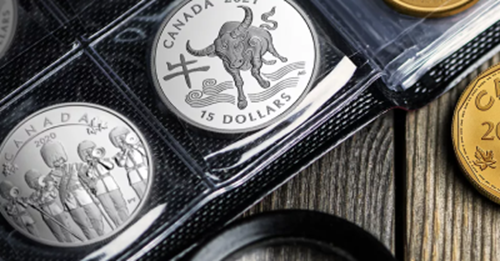Time Travel Across Canada: 6 Canadian Sundials to Discover
- Oct 11, 2024
- Canadiana
- 3 minute read
Sundials are the world’s oldest known timekeeping device. For some 4 800 years, until the advent of clocks in the 14th century, sundials were one of humanity’s only timekeeping instruments. Even then, we relied on sundials for many more years to help us recalibrate our clocks.
The earliest known sundials date back to Ancient Egypt (3 500 BCE), and traces of both ancient and modern sundials can be found around the globe today. According to the North American Sundial Society (NASS), Canada alone is home to over 100 registered sundials!
Make that 101 sundials if we consider our 2025 $20 Fine Silver Coin – The Sundial. This is our first-ever functional sundial coin. It features a rhodium-plated gnomon that, when placed in view of the sun and in the direction of true north, casts an angled shadow to indicate local solar time.
Now take a few minutes to discover six sundials found here in Canada—one for each of our six time zones.
Though this coin is awaiting stock on our website, it may be available through our official dealers.
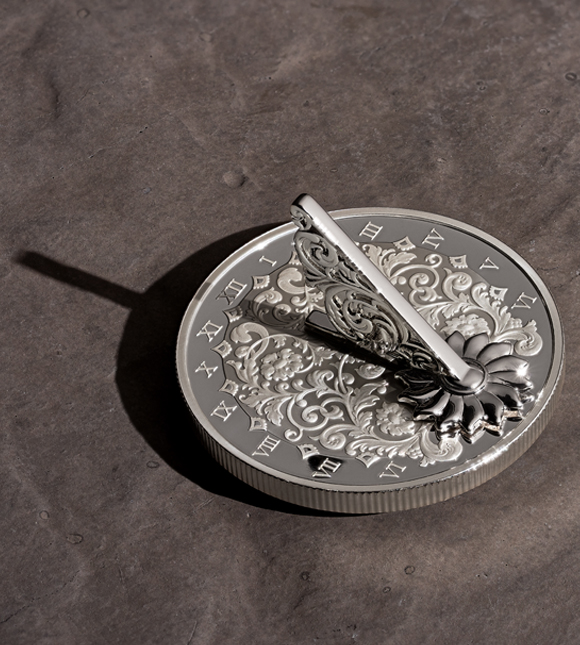

The Royal Canadian Mint's first-ever sundial coin is fully functional.
Sundials are the world’s oldest known timekeeping device. For some 4 800 years, until the advent of clocks in the 14th century, sundials were one of humanity’s only timekeeping instruments. Even then, we relied on sundials for many more years to help us recalibrate our clocks.
The earliest known sundials date back to Ancient Egypt (3 500 BCE), and traces of both ancient and modern sundials can be found around the globe today. According to the North American Sundial Society (NASS), Canada alone is home to over 100 registered sundials!
Make that 101 sundials if we consider our 2025 $20 Fine Silver Coin – The Sundial. This is our first-ever functional sundial coin. It features a rhodium-plated gnomon that, when placed in view of the sun and in the direction of true north, casts an angled shadow to indicate local solar time.
Now take a few minutes to discover six sundials found here in Canada—one for each of our six time zones.
Though this coin is awaiting stock on our website, it may be available through our official dealers.
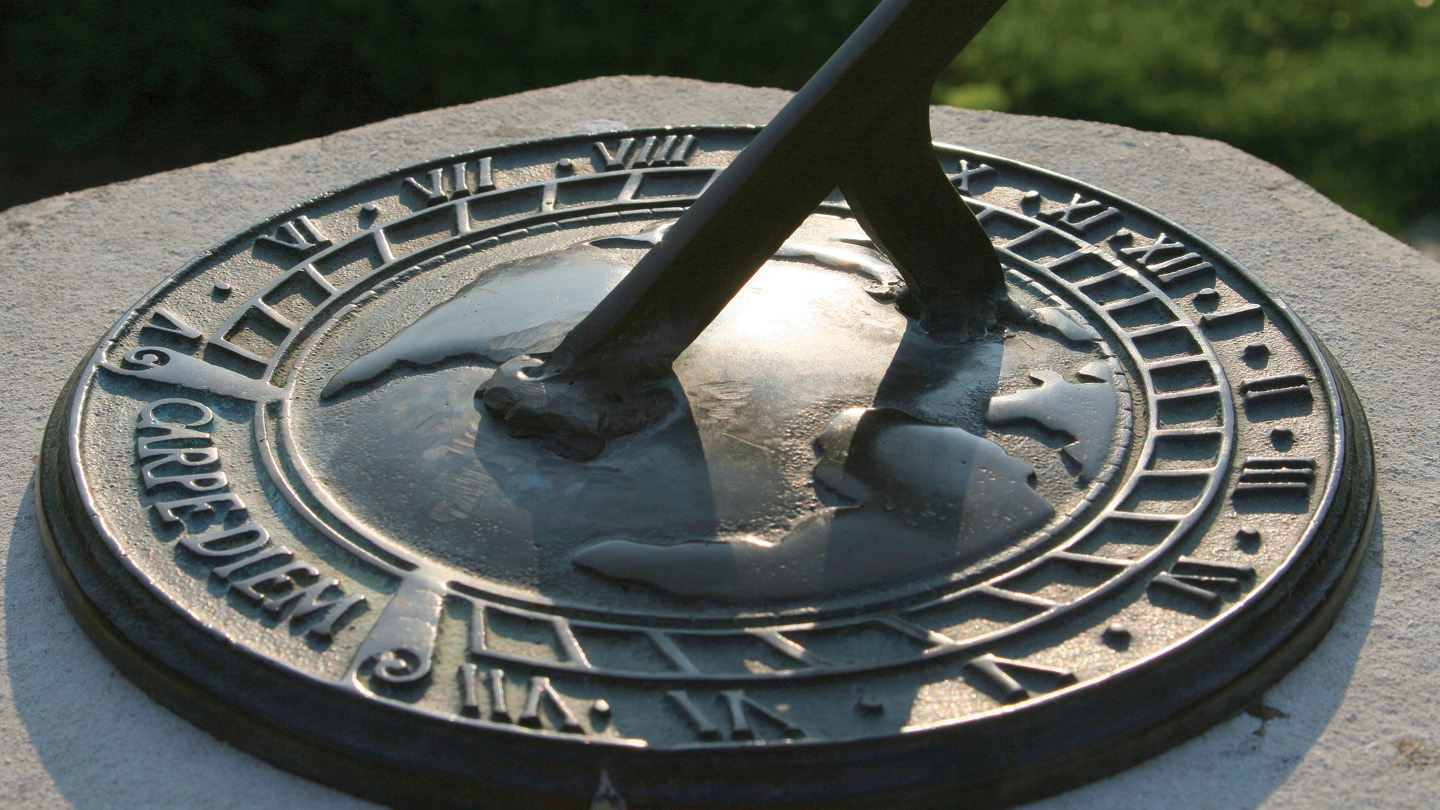

Newfoundland Time Zone
Newfoundland Time Zone
Our first sundial, from our most eastern time zone, is in the beautiful setting of Bowring Park in St. John’s Newfoundland. Constructed in 1952, this sundial is described as a horizontal type with a 10-inch diameter dial and bronze gnomon. At the centre of the dial’s base is a stylized map of the world with Roman hour numerals that run along its perimeter to mark the hours of 5 a.m. to 7 p.m.
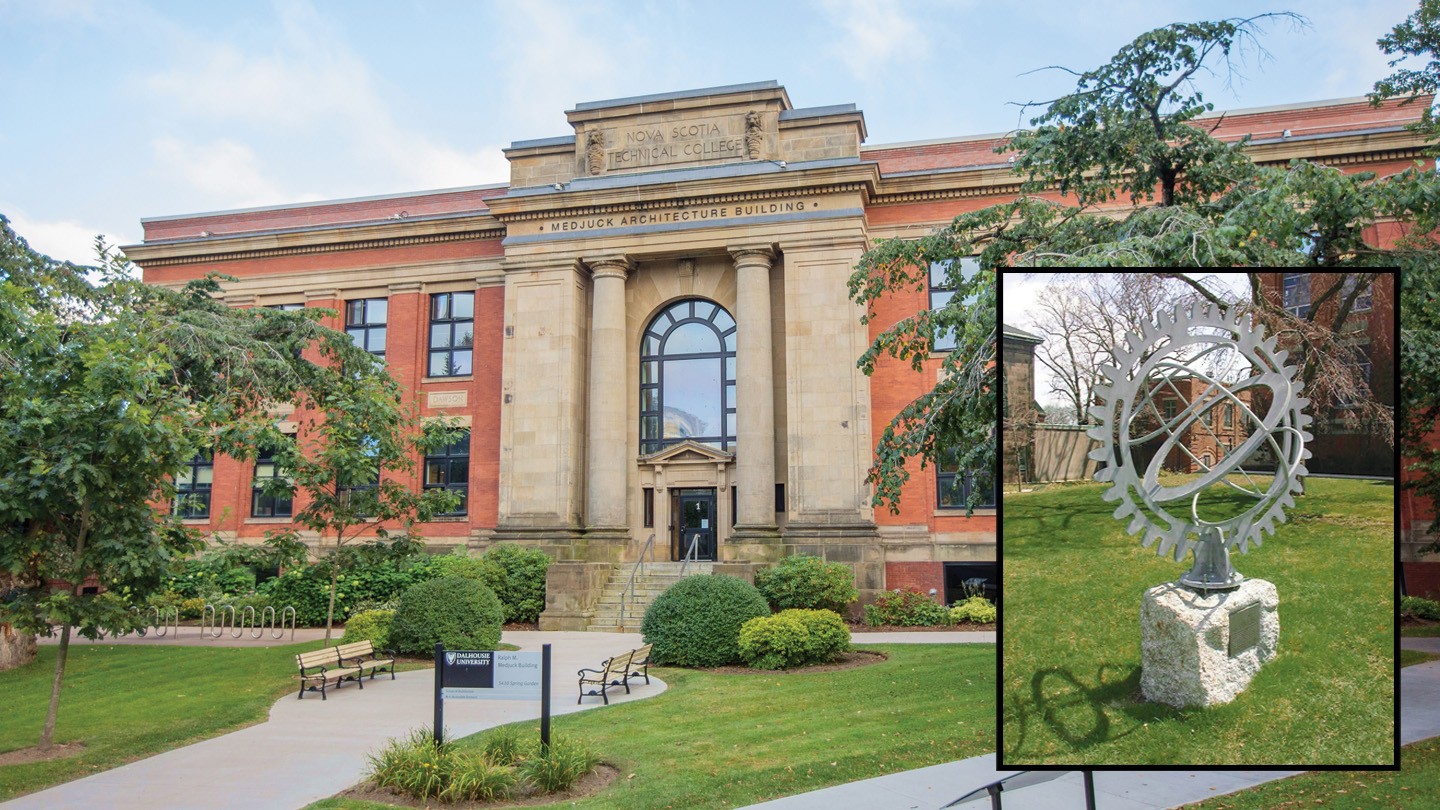

Atlantic Time Zone
Atlantic Time Zone
This modern armillary sphere sundial is the product of collaboration between students at DalTech, then the Technical University of Nova Scotia, and local shipbuilding firm, Halifax Shipyard Limited. Standing at around two meters tall outside of the Ralph M. Medjuck Building (the School of Architecture), this sundial is composed of metal rings (known as armillia) that are centered around the gnomon. The gnomon’s shadow indicates local time, while a plaque below provides an equation to help calculate both Atlantic Standard and Daylight Savings Time.
Sundial image curtesy of the NASS. Photographer: Andrew Wells.


Eastern Time Zone
Eastern Time Zone
One of Canada’s oldest sundials dates to 1773 and can be found in the Historic District of Old Québec on the exterior wall of the Old Seminary of Quebec—Canada’s oldest teaching establishment and the first French language university in North America. The southwest facing sundial, a vertical type, measures roughly 1.5 meters high by 1 meter wide and is mounted to the exterior wall. Red roman numerals mark the hours of 10 a.m. to 7 p.m.
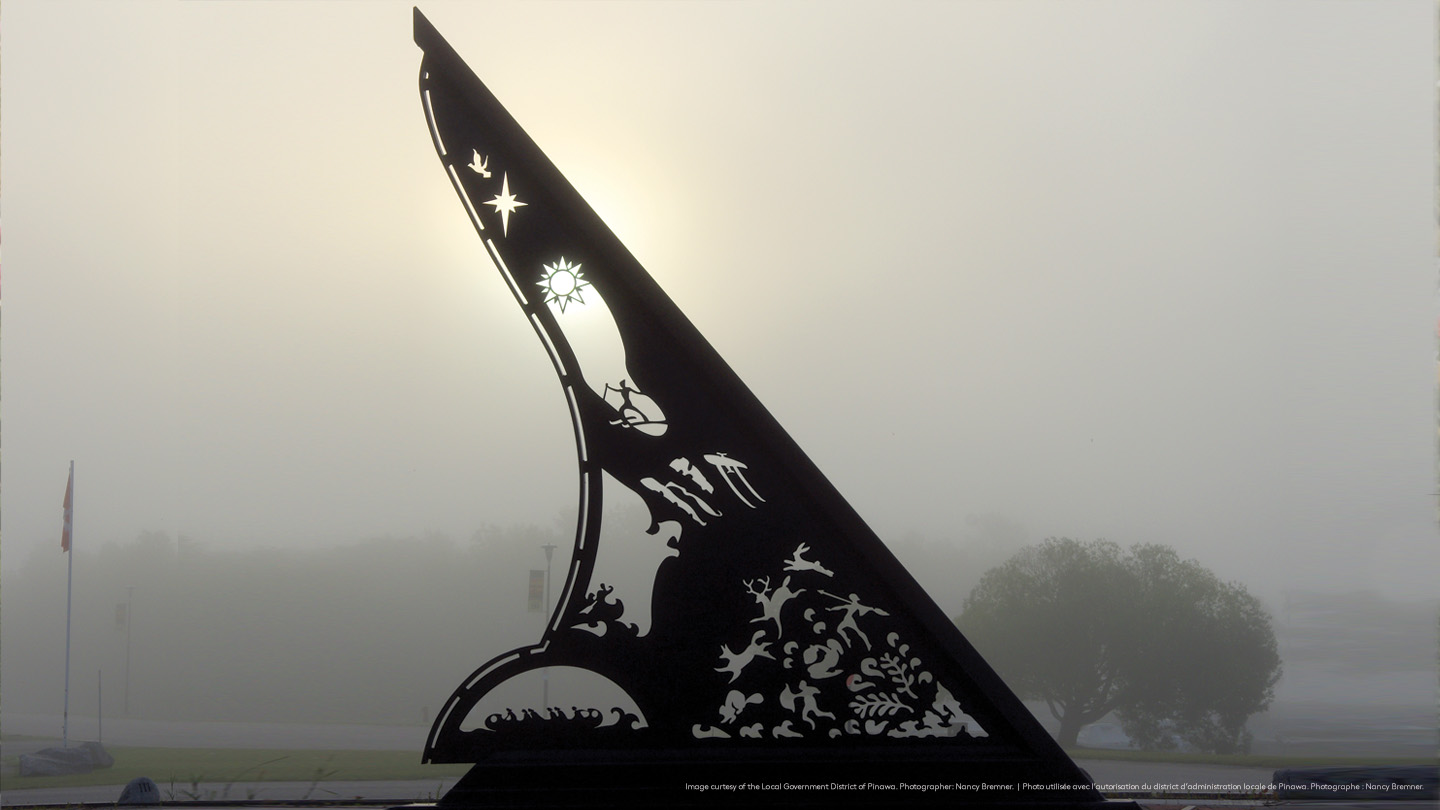

Central Time Zone
Central Time Zone
The Pinawa Heritage Sundial is in eastern Manitoba. Unveiled in 2001, this horizontal dial stretches 10 meters square with a gnomon that stands five meters high and is designed specifically for the latitude and longitude of the site. It has two sets of time markers: one for local apparent time and another for Central Daylight Time. In addition to telling time, the structure also illustrates local history and culture through the 12 icons that delineate its perimeter.
Image curtesy of the Local Government District of Pinawa. Photographer: Nancy Bremner.
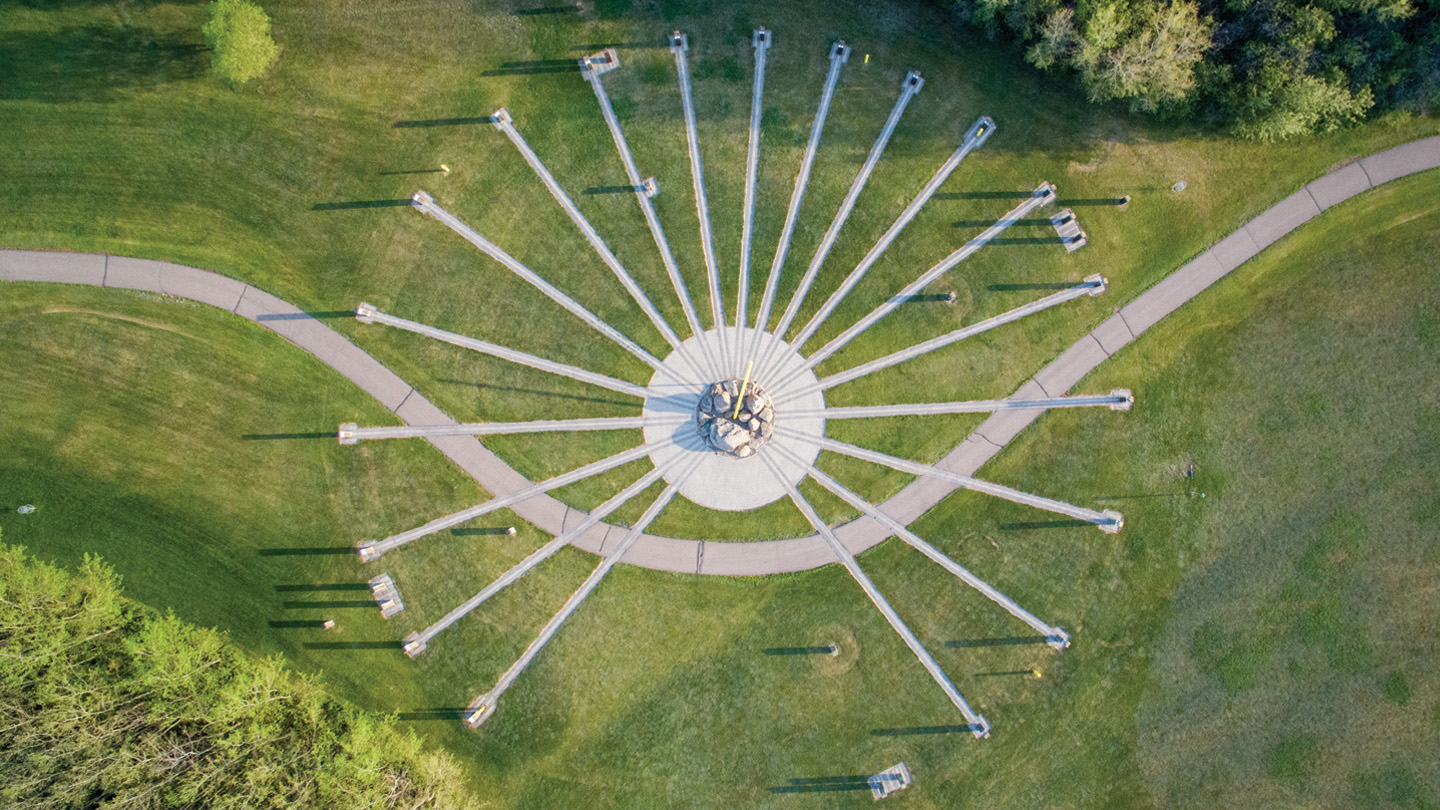

Mountain Time Zone
Mountain Time Zone
The bi-provincial city of Lloydminster in Alberta/Saskatchewan has what claims to be the largest sundial in Canada! This horizontal sundial is 60 meters wide and has a 23-foot long gnomon. The hour lines of the dial indicate local solar time and align with the city’s unique position on the 4th meridian west—a line that separates the two provinces and divides the city of Lloydminster in half.


Pacific Time Zone
Pacific Time Zone
Described by some as the simplest of all sundials, the last sundial we explore here is known as an equatorial sundial. This one, located in the picturesque VanDusen Botanical Garden in Vancouver, BC, has a 24-inch diameter dial plate that is positioned parallel to the equator. It’s gnomon points to the celestial north and is designed so that that a line of sunlight (a small slit in the gnomon) marks the local solar time and is set to Pacific Daylight Savings Time.
More than just an eye-catching garden adornment, sculpture or collectible, sundials have captured humanity’s imagination for millennia. When you’ve left your watch or mobile phone at home, remember that the sun is there to guide you and can help you get to your next destination (hopefully on time).


